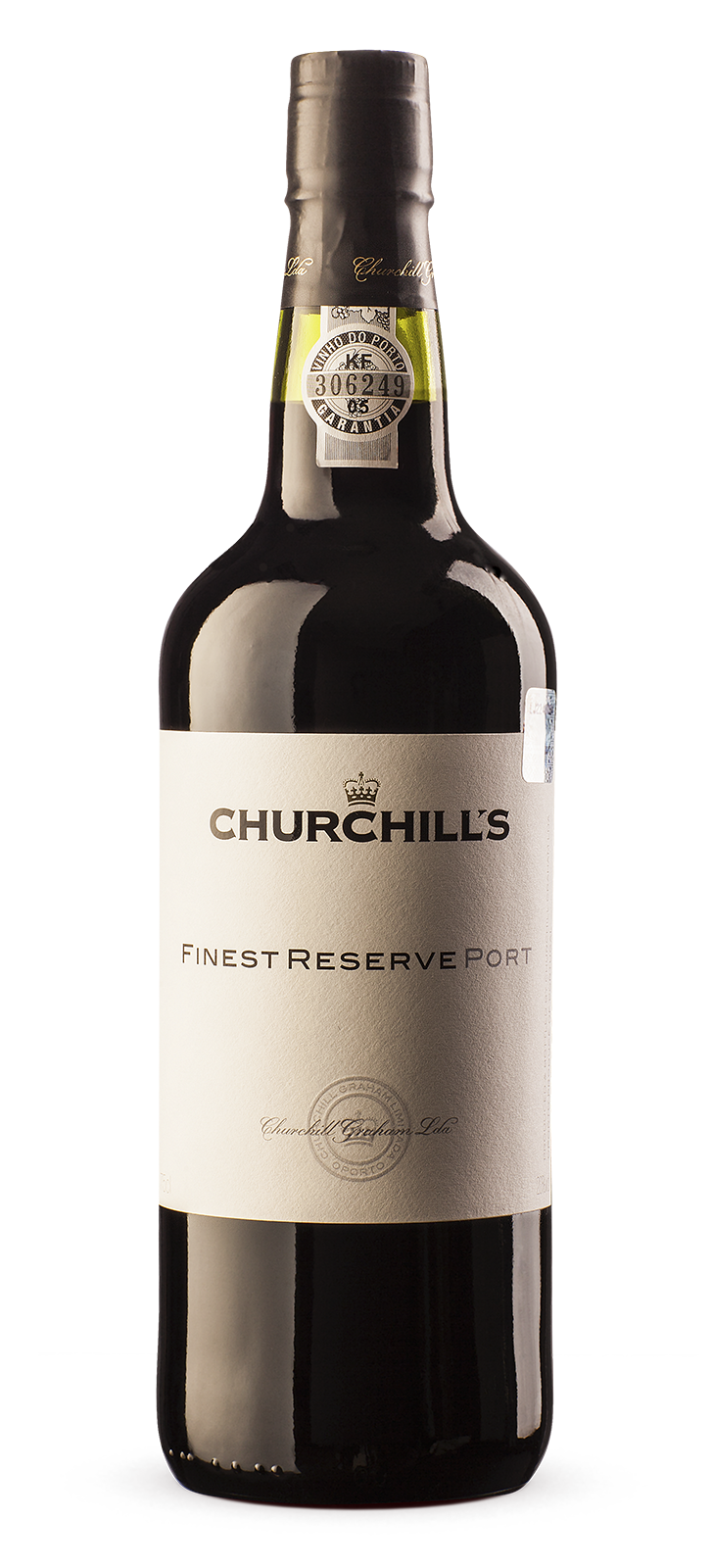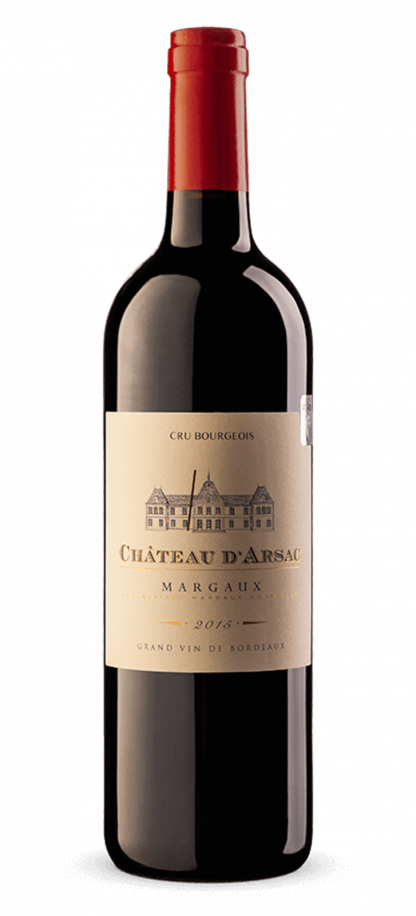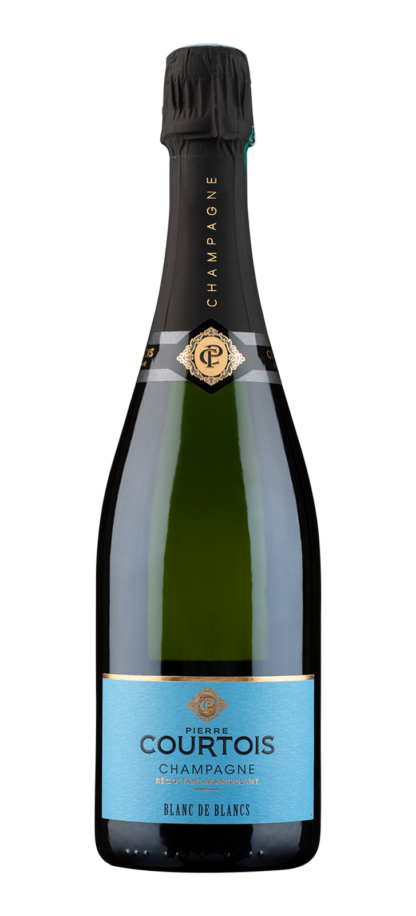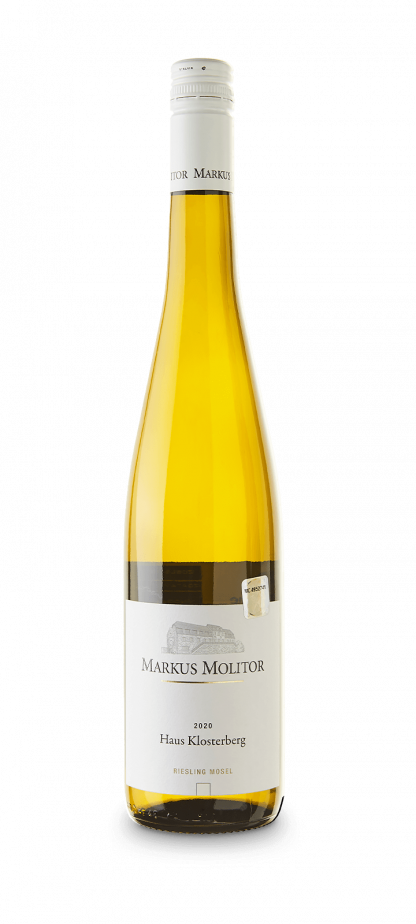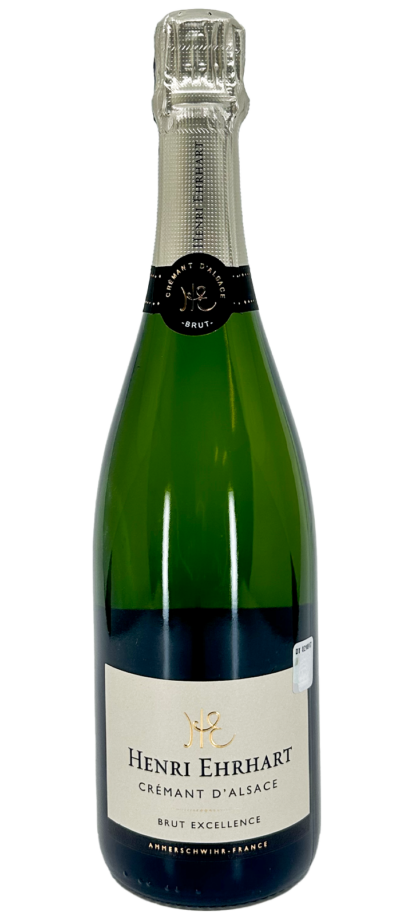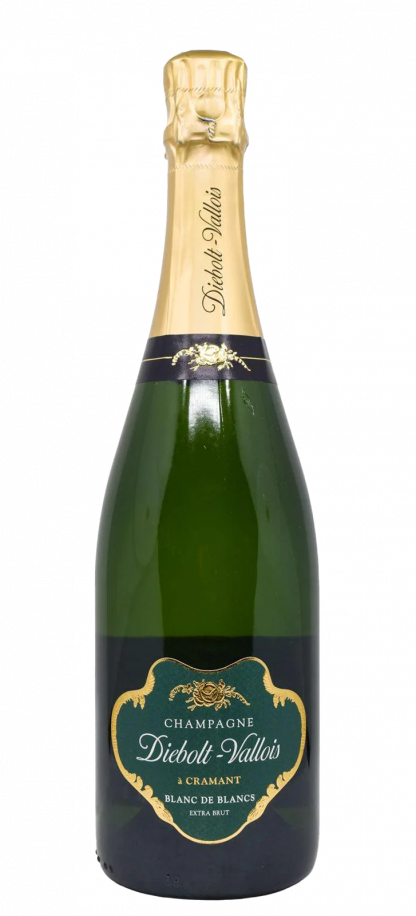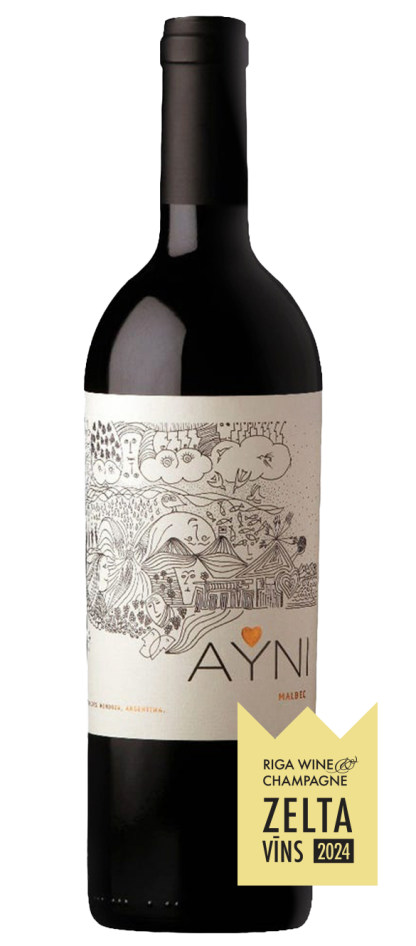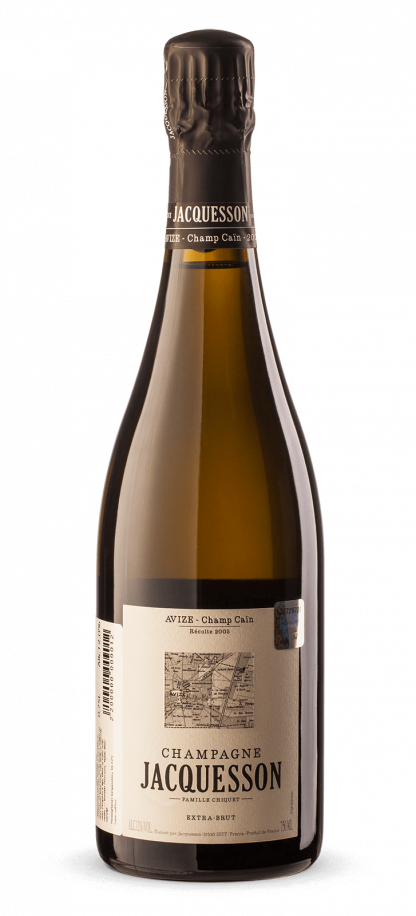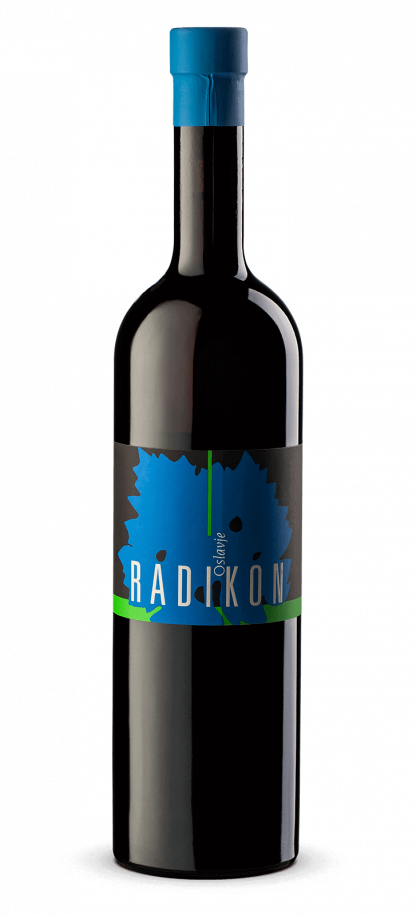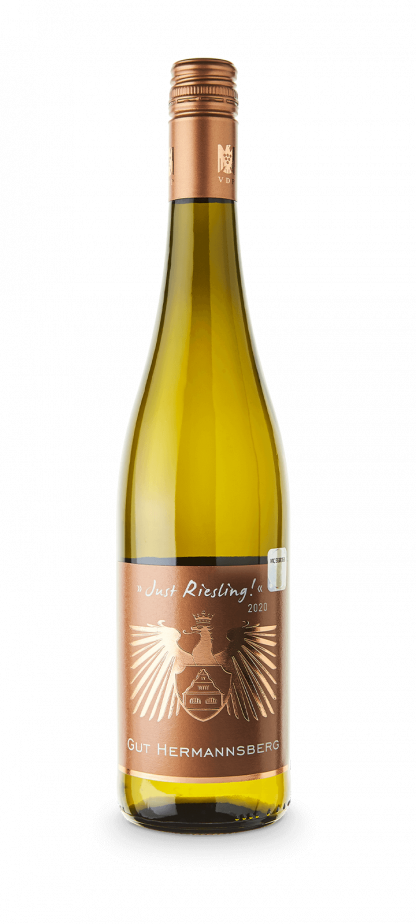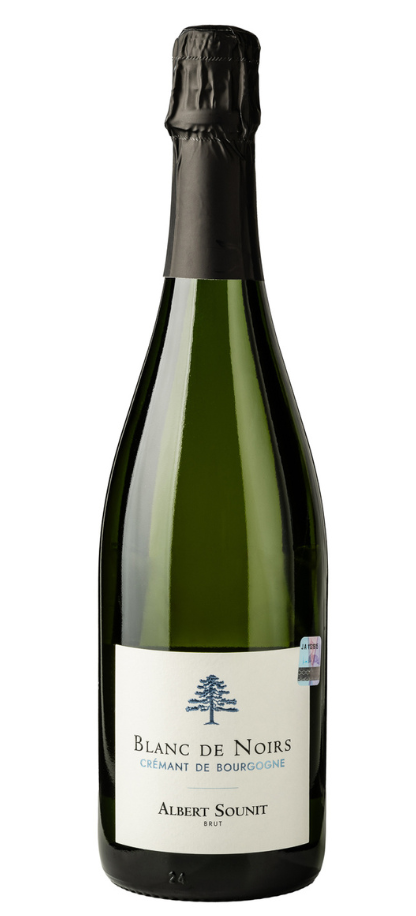Churchill’s Finest Reserve portvīns
Churchill’s Finest Reserve Port reveal a deep, ruby-colored wine with a bouquet of ripe blackberries, cherries, and plums, complemented by hints of chocolate and spice. On the palate, it offers a full-bodied texture with smooth tannins, featuring flavors of dark berries, blackcurrant, and a touch of licorice, leading to a long, velvety finish. This Port is celebrated for its balance, depth, and the harmonious integration of fruit and spice elements.
Churchill’s Finest Reserve Port pairs beautifully with rich desserts such as dark chocolate cake, berry tarts, or blue cheese, where its sweetness and intensity enhance the flavors. It also complements nuts, dried fruits, and strong cheeses, providing a luxurious and satisfying end to a meal.
7 in stock






